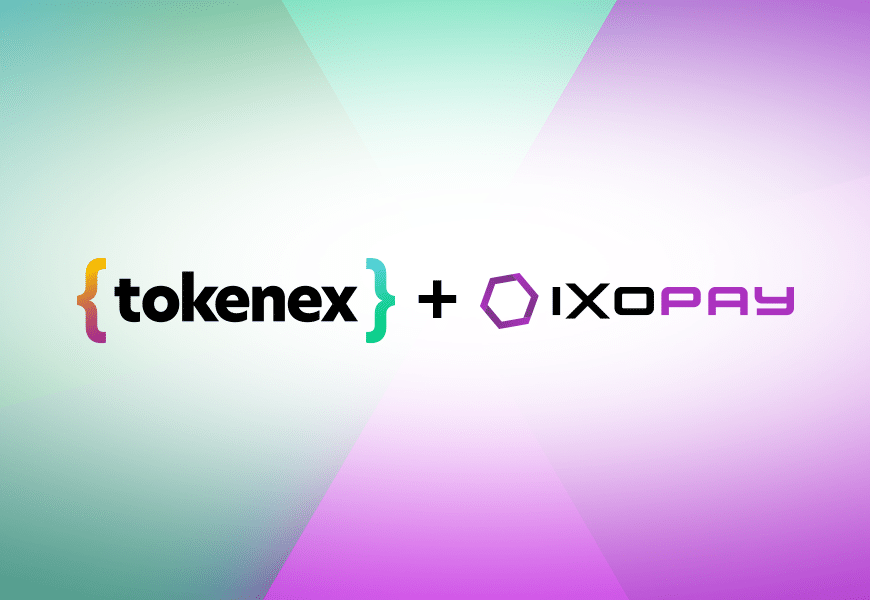The accessibility and convenience of payment gateways are more evident now than ever before. With massive shifts in consumer purchasing habits, organizations’ reliance on ecommerce payment gateways is at its peak. The benefits of gateway services for web payments can be huge for those wishing to expand their ecommerce business by allowing customers, merchants, and banks to communicate and exchange the information necessary to complete online payments and other card-not-present transactions.
Let’s discuss what exactly a payment gateway is and how it can be used securely and successfully to enhance your organization’s payment capabilities.
What is a Payment Gateway?
A payment gateway, sometimes referred to as a credit card gateway or a credit card payment gateway, facilitates the exchange of credit and debit card data. It serves as the connection (or “gateway”) that allows merchants, service providers, acquiring banks, issuing banks, and customers to interact via ecommerce channels. Without a payment gateway, merchants would be unable to connect to the parties and services they need to process online, digital, and other card-not-present transactions.
Payment gateways are often discussed alongside, and commonly confused with, payment processors. Like payment gateways, payment processors also serve as threads between merchants and financial institutions. They allow merchants to interact with banks and other financial entities so that they can exchange payment information to accept various payment methods such as credit card payments and debit card transactions.
Despite these similarities, it is important to understand the differences between a payment gateway’s services and a payment processor’s. Although payment gateways and payment processors can both be considered payment service providers (PSPs), they are not always the same thing. A simple way to think about the difference between a gateway and a processor is that an ecommerce payment gateways is responsible for exchanging data via card-not-present channels, such as an ecommerce payment system, whereas processors are responsible for exchanging data via card-present channels. For more information on the differences between the two, be sure to read our blog, Payment Gateway vs Credit Card Processor: The Difference.
Types of Payment Gateways
Generally, there are three types of payment gateways.
Redirects
When a merchant gateway takes a customer to an external payment page to handle the entire transaction, including processing and payment, it is known as a “redirect.” This offers organizations simplicity at the cost of control. For smaller organizations, a redirect payment gateway could be a good choice as it offers the convenience, stability, and security of a major platform. However, this option provides little customizability for the merchant. Also, using a redirect means a second stop for customers, which is another chance for them to abandon the transaction altogether.
Checkout on-site, payment off-site
“Checkout on-site, payment off-site” refers to the scenario in which the front-end checkout takes place on the organization’s website, but the payment processing happens through the back end of the gateway. This can offer some advantages in terms of simplicity, but control is again limited, and you are at the mercy of the off-site gateway’s security and reliability. However, unlike a redirect, there is not a second stop for customers. Avoiding multiple steps is crucial for creating a seamless customer experience and preventing cart abandonment.
On-site payments
On-site payment gateways are used mostly by enterprise-sized businesses. This is because, as the name implies, on-site payments gateways conduct the entire transaction process on an organization’s own servers. This allows for maximum control when it comes to user experience, data security, and more. However, there is much more responsibility that an organization must be aware of, including compliance with privacy regulations like the California Consumer Privacy Act (CCPA) and the General Data Protection Regulation (GDPR), as well as the Payment Card Industry Data Security Standard (PCI DSS).
Limitations of Payment Gateways
Not all payment gateways are the same, and depending on the gateway an organization is using, there can be limitations, especially if you’re using only one gateway to store payment data and process transactions.
Reliability
For example, when an online payment gateway goes down, your ability to conduct transactions goes down with it. An organization’s ability to make an ecommerce or other card-not-present transaction depends on the stability of the payment gateway services it is using.
Security Risks
There can also be security flaws even with some of the most high-profile payment gateways available. Some of these security flaws may include:
Data Breaches:
- Most gateways handle the processing of data with the help of TLS encryption. However, once that data is on a server, that server is still at risk. Security and compliance with regulations is the responsibility of the payment gateway, so be sure they have proper security protocols in place.
Malware:
- Malicious software that reads passwords and infiltrates user accounts can send transactions that look authentic through secure payment gateways, even if the transaction is fraudulent.
Limited Card and Payment Types
Not all payment gateways accept all types of cards and payments. If a customer can only complete a transaction with a card or payment that your payment gateway does not accept, you and the consumer are both out of luck.
These limitations may vary between payment gateways, and a simple solution would be to work with multiple gateways to enable infrastructure growth to expand your reach into new markets. Doing this would provide the flexibility and autonomy to offer integrations with more service providers, meaning easier connections that support multiple gateways for more payment options and greater redundancy. However, it isn’t always easy or cheap to work with multiple gateways or to switch to a new one. This brings us to our last limitation of payment gateways.
Your Data Could Be Held Hostage
Tokenizing with your gateway might seem like an attractive option, especially if the provider entices you with discounted pricing and other special offers. Unfortunately, most payment gateways will not allow you to easily or affordably retrieve your tokens in the event that you’d like to switch gateways or integrate with multiple providers.
For example, if you want to add another gateway to your payment stream so you can process more transactions, the gateway you’re currently tokenizing with can charge you excessive fees to retrieve your own tokens, making it cost-prohibitive to work with another provider. This is an intentional business practice that’s designed to lock you into a single gateway relationship and force you to retain its services.
How TokenEx Enables Flexibility with Payment Gateways and Processors
It is easy to recognize that the ability to integrate with multiple payment gateways is a far superior setup for merchants because of the additional flexibility, affordability, and redundancy it provides. However, because the gateways and other payment service providers hold the leverage and benefit from difficult migration processes and other restrictive practices, they have no business incentive to change the way they operate.
However, working with a third-party tokenization provider such as TokenEx to securely store your tokens in an independent cloud environment can offer a more flexible alternative. By doing so, you can connect to nearly any gateway or other service provider for greater leverage and freedom in determining your third-party relationships.
This solution allows organizations to free themselves from the limitations of traditional payment gateways by supporting more forms of payment acceptance, enabling a greater ability to pivot if a payment gateway goes offline, and avoiding “fees” to retrieve your own tokens if you no longer want to tokenize solely with your primary gateway. Further, the security and compliance benefits of storing your tokens off-site with certified payments and privacy professionals can add even more value.
TokenEx’s tokenization platform is not a replacement for a payment gateway, as it does not process or authorize payments. However, the platform can support multiple gateways by facilitating the transmission of tokenized data to any API endpoint. This allows organizations to focus on building a digital ecosystem that works for them, so they can streamline business processes to enable growth—without facing traditional gateway limitations in their choice of third-party relationships.















